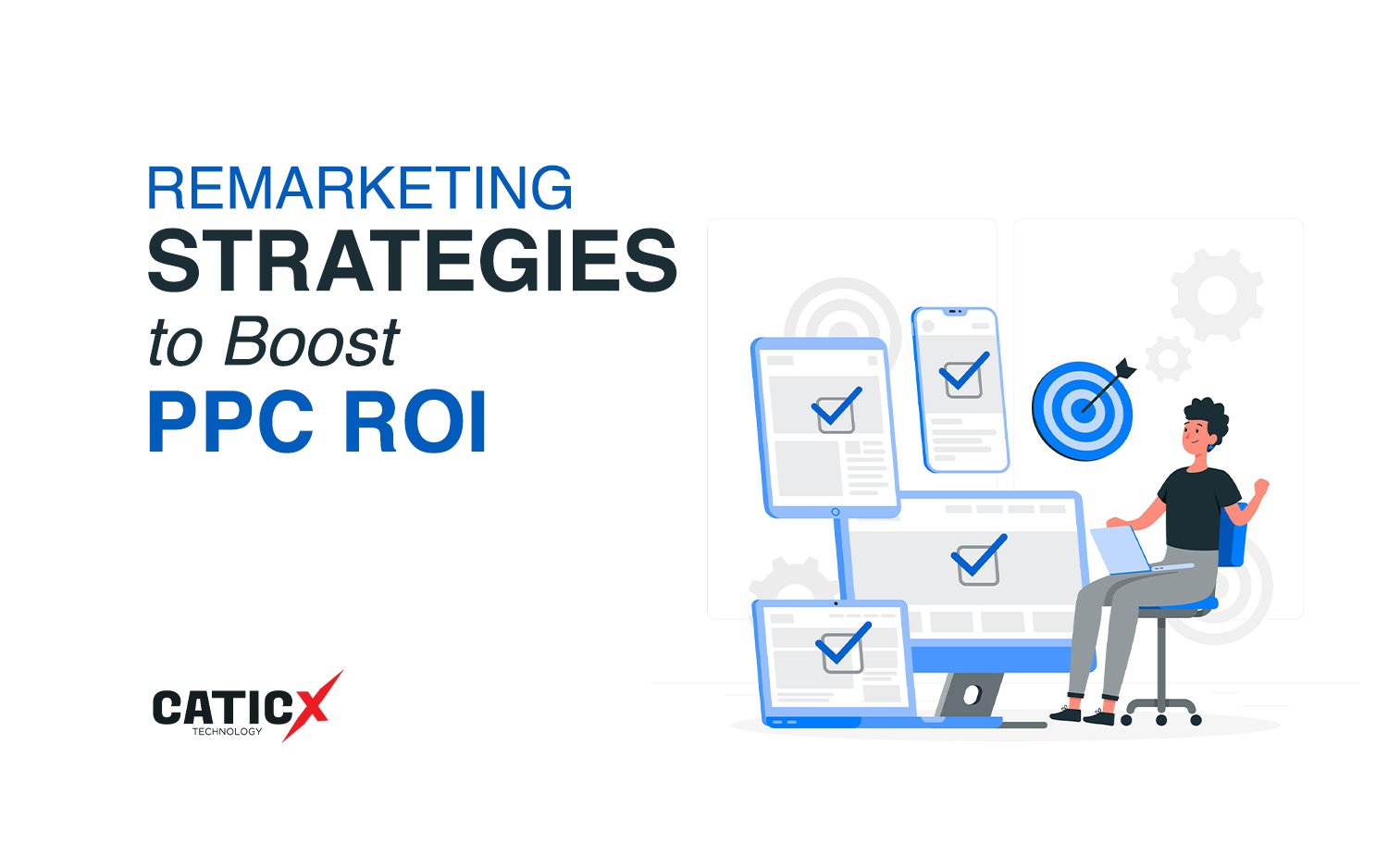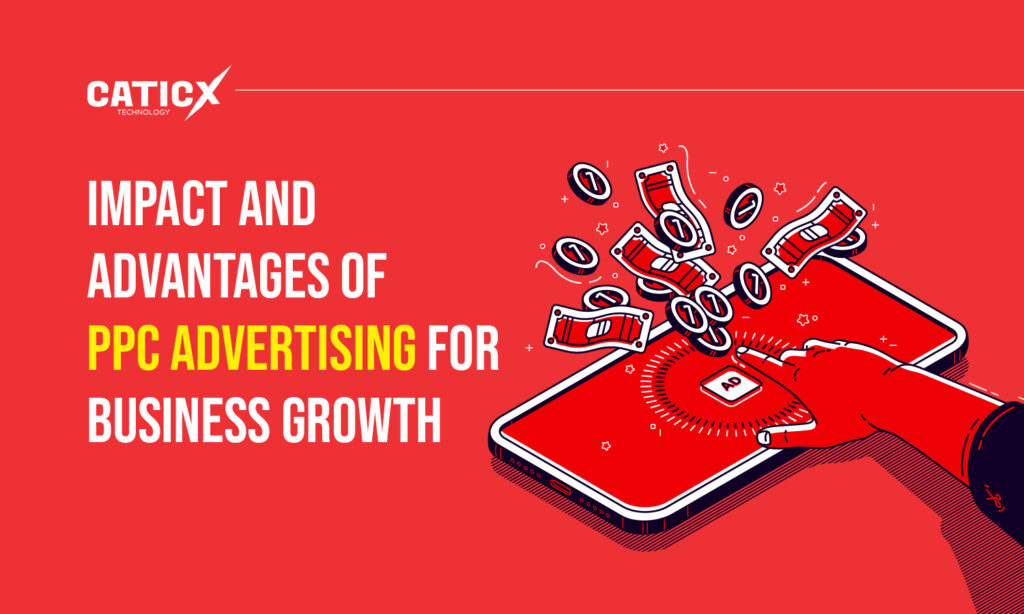
In the dynamic sphere of online marketing , Pay-Per-Click (PPC) advertising emerges as a potent instrument for channeling precise traffic to your website. Yet, not every visitor completes a desired action during their initialI visit. This is where remarketing steps in, providing advertisers with the means to rekindle connections with users who have engaged with their site but haven’t undertaken the intended actions.In this comprehensive guide, we’ll explore effective remarketing strategies to maximize your PPC return on investment (ROI).
I. Understanding Remarketing:
Before exploring strategies, it’s essential to grasp the fundamentals of remarketing. Also referred to as retargeting, remarketing entails displaying ads to individuals who have previously visited your website but departed without completing a purchase or specific action. The primary objective is to remain in their awareness and encourage them to revisit your site.
II. Setting Up Effective Remarketing Campaigns:
A. Define Your Audience Segments:
To make the most of your remarketing efforts, segment your audience based on their behavior on your site. For example, create segments for users who visited specific product pages, abandoned their shopping carts, or spent a certain amount of time on your site.
B. Utilize Dynamic Remarketing:
Dynamic remarketing takes personalization to the next level by showing users the exact products or services they viewed on your site. This can significantly increase the relevance of your ads, capturing the user’s attention and encouraging them to return.
III. Choosing the Right Platforms:
Remarketing can be implemented on various platforms, including Google Ads, Facebook, and other social media channels. Consider your target audience and where they spend their time online. Additionally, explore the specific remarketing features each platform offers, such as Google’s RLSA (Remarketing Lists for Search Ads) for search campaigns.
IV. Crafting Compelling Remarketing Ads:
A. Engaging Ad Copy:
Your remarketing ads should be compelling and relevant. Craft personalized ad copy that addresses the user’s previous interaction with your site and highlights the value they stand to gain by returning.
B. Visual Appeal:
Incorporate eye-catching visuals into your ads. Use high-quality images of the products or services the user viewed, reinforcing their interest and encouraging them to take the next step.
V. Frequency Capping and Ad Schedule:
A. Avoid Ad Fatigue:
While staying top-of-mind is essential, bombarding users with too many ads can lead to ad fatigue. Implement frequency capping to limit the number of times a user sees your remarketing ads within a specific time frame.
B. Optimal Ad Schedule:
Identify the times of day when your target audience is most active. Schedule your ads to display during these peak periods to maximize visibility and engagement.
VI. Leveraging Exclusion Lists:
Exclude converted users from your remarketing lists to avoid showing ads to individuals who have already taken the desired action. This ensures your budget is allocated to reaching users who are still in the consideration phase.
VII. Utilizing Cross-Device Remarketing:
With users accessing content across multiple devices, it’s crucial to implement cross-device remarketing. This strategy allows you to reconnect with users on different devices, providing a seamless and consistent experience.
VIII. Monitoring and Optimization:
A. Analyze Performance Metrics:
Regularly monitor key performance metrics, such as click-through rates, conversion rates, and return on ad spend. Identify which remarketing strategies are delivering the best results and allocate your budget accordingly.
B. A/B Testing:
Continuously experiment with different ad creatives, messaging, and audience segments through A/B testing. This iterative process helps you refine your remarketing strategy and optimize for better performance.
Conclusion:
In conclusion, remarketing is a powerful tool in your PPC arsenal, enabling you to re-engage with users and drive conversions. By understanding the nuances of effective remarketing campaigns, choosing the right platforms, crafting compelling ads, and continuously optimizing your approach, you can boost your PPC ROI and stay ahead in the competitive digital landscape. Remember, the key to successful remarketing is delivering personalized and relevant content that resonates with your audience, encouraging them to take the desired action.


